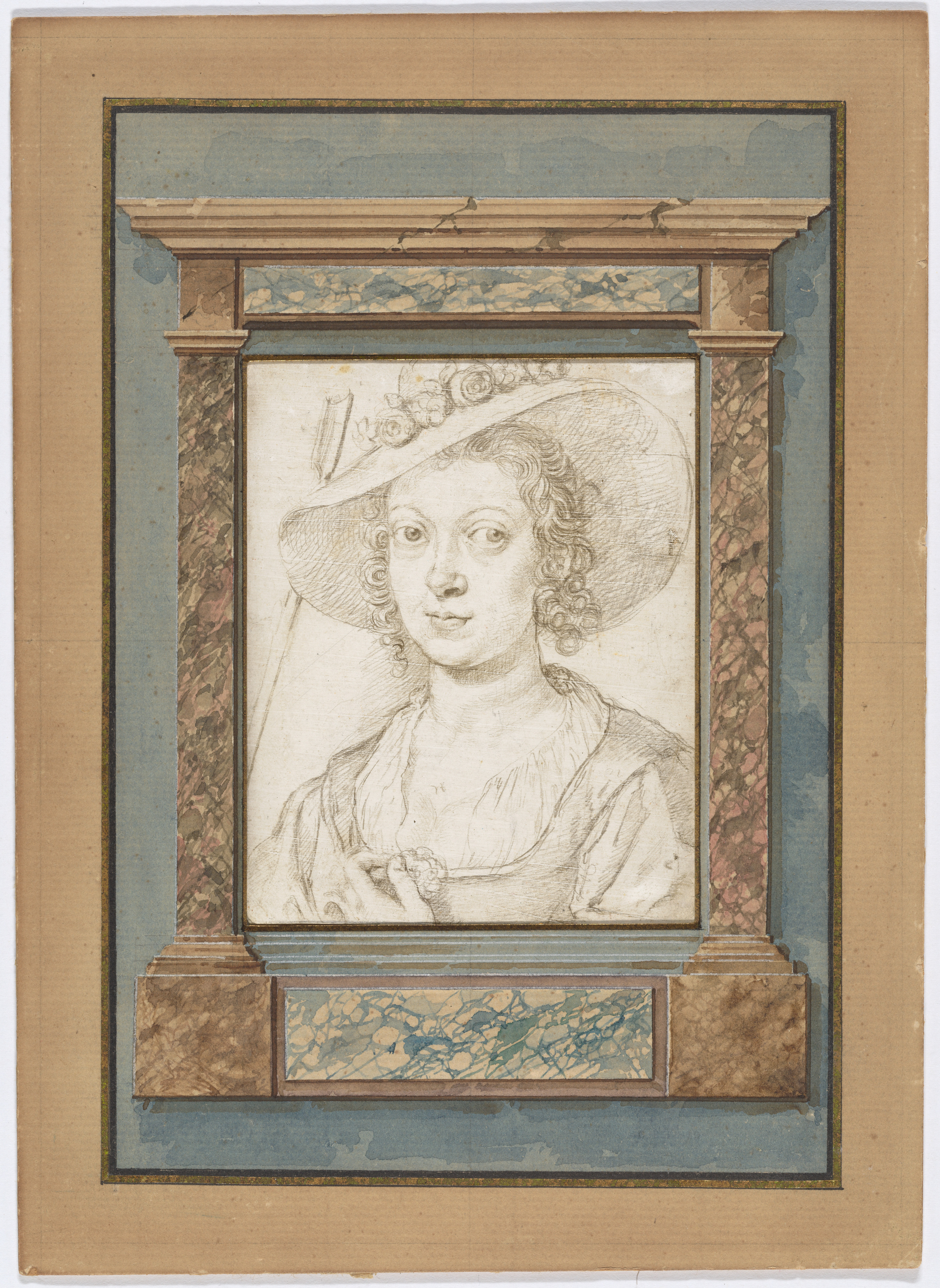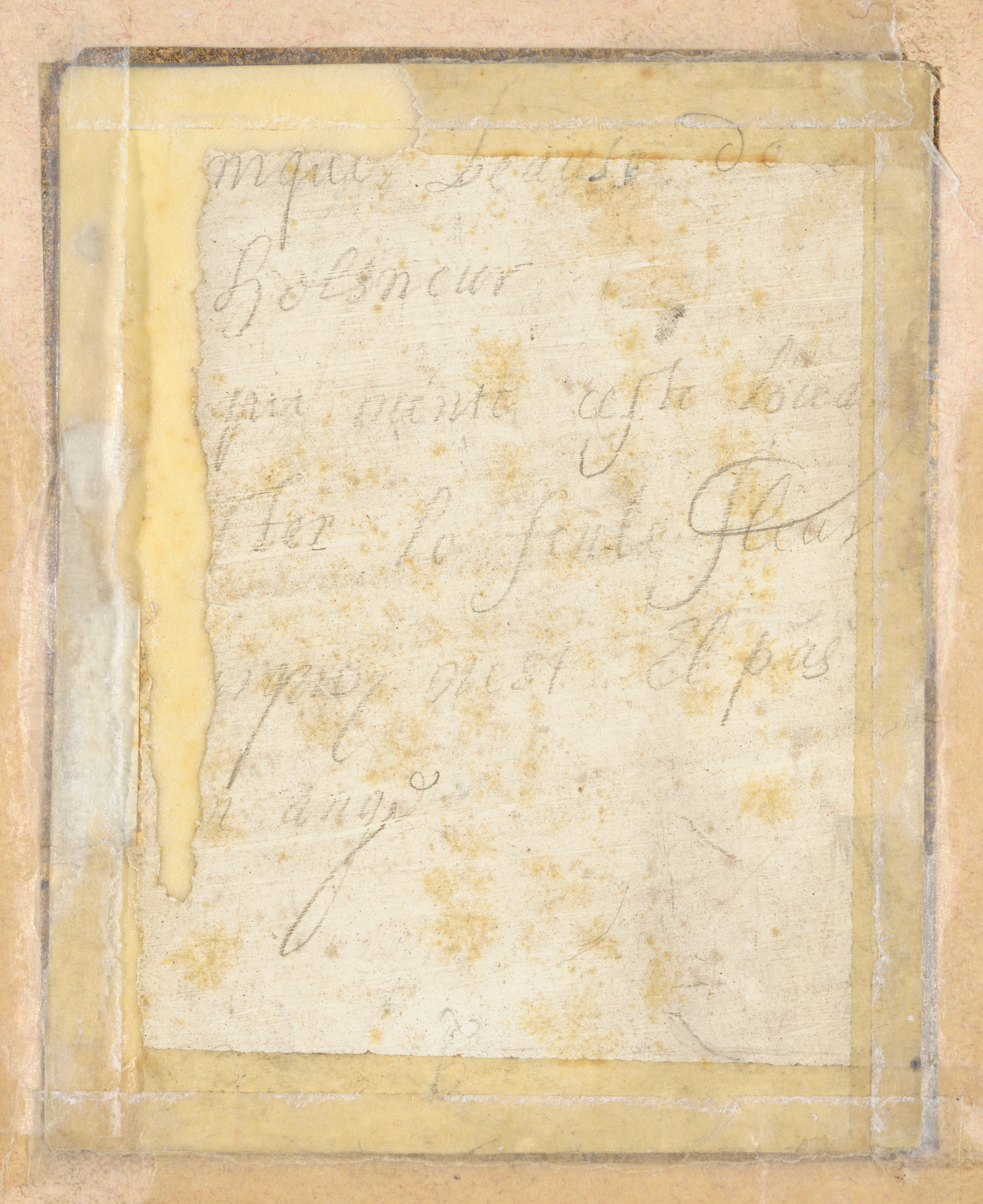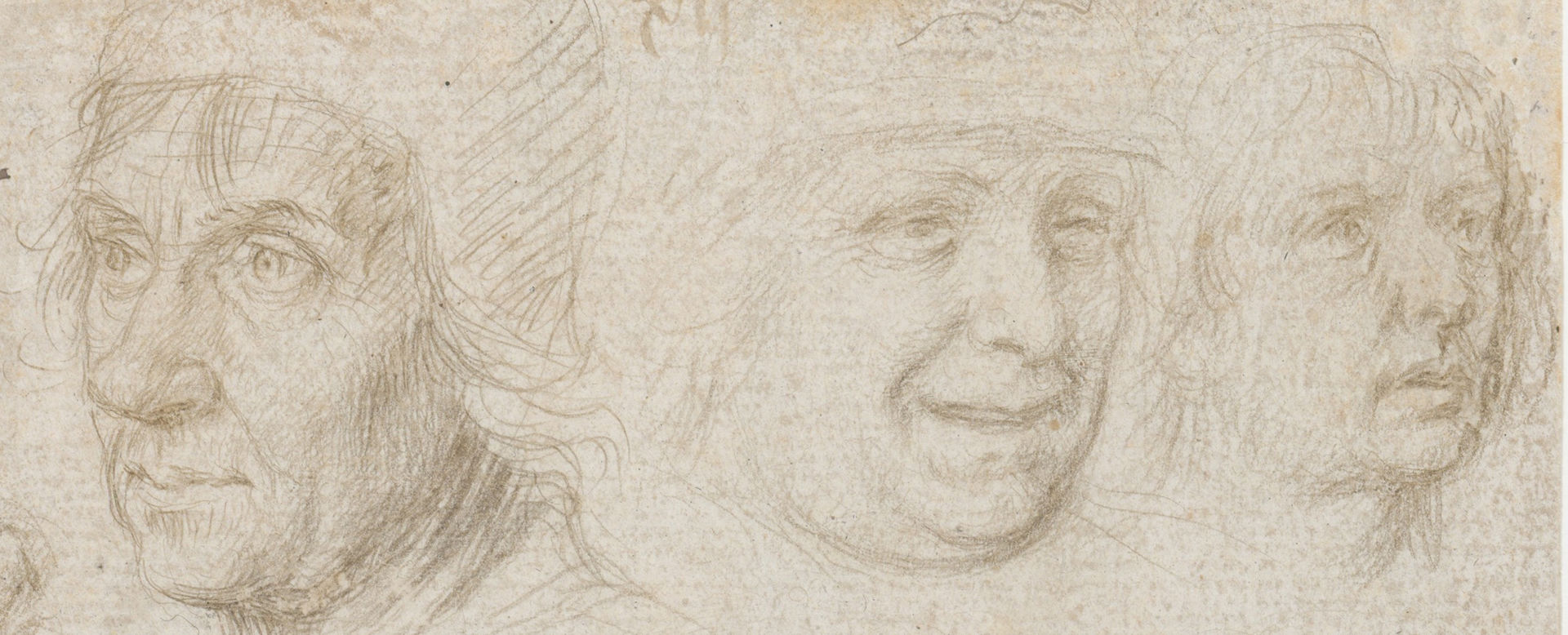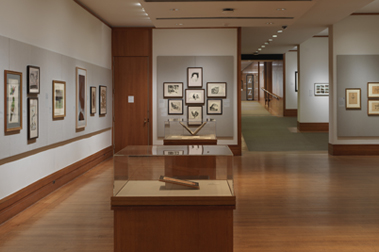Portrait of a woman as a shepherdess
Crispijn de Passe the Younger Dutch
Not on view
Executed in metalpoint on prepared parchment (known in Dutch as a tafelet, or tablet), this extremely sensitive work is a rare surviving example of a type of Netherlandish drawing that was, according to period sources, very common in the early seventeenth-century Dutch Republic, particularly for student exercises and for print designs. The low survival rate of such works can be explained by the fact that "tafeletten" were erasable and thus generally intended for re-use in the studio. The present work by the prominent and prolific printmaker Crispijn de Passe II was likely originally created as a print design, relating closely to his 1640 series of engraved images of famous women costumed as shepherdesses. The present drawing was not reproduced in print, but it bears a strong resemblance, in facial features and attributes, to some of the portraits in the series, most of all that of a woman identified as Amolosa. Regardless, the work reflects the enormous vogue in the first half of the seventeenth century for the pastoral, believed to have been inspired in part by performances of the Dutch play "Granida," by P.C. Hooft and of a Dutch translation of "Il pastor fido" by Guarini.
A number of drawings in metalpoint on parchment by De Passe II are known: two in the British Museum, one in Berlin, and one in Rotterdam; four others were on the market in 1999. All are portrait drawings and two (one in the BM and the one in Berlin) are known to have been reproduced in print. A pair of finished drawings by De Passe, executed in a very different manner in pen and ink on parchment, sold at auction in 2020.
At some point probably in the eighteenth or nineteenth century, the drawing was inset into the elaborate mount rendered as a fictive porphyry frame.
This image cannot be enlarged, viewed at full screen, or downloaded.
This artwork is meant to be viewed from right to left. Scroll left to view more.





